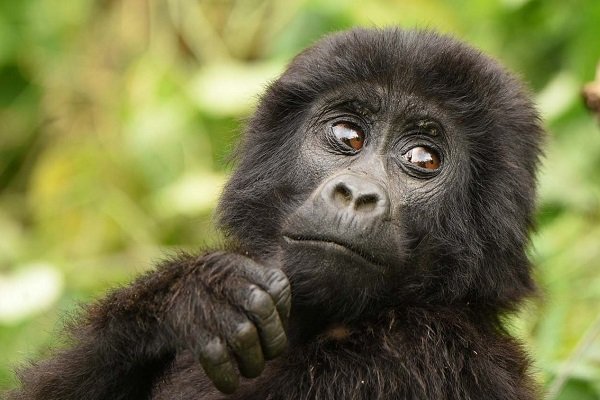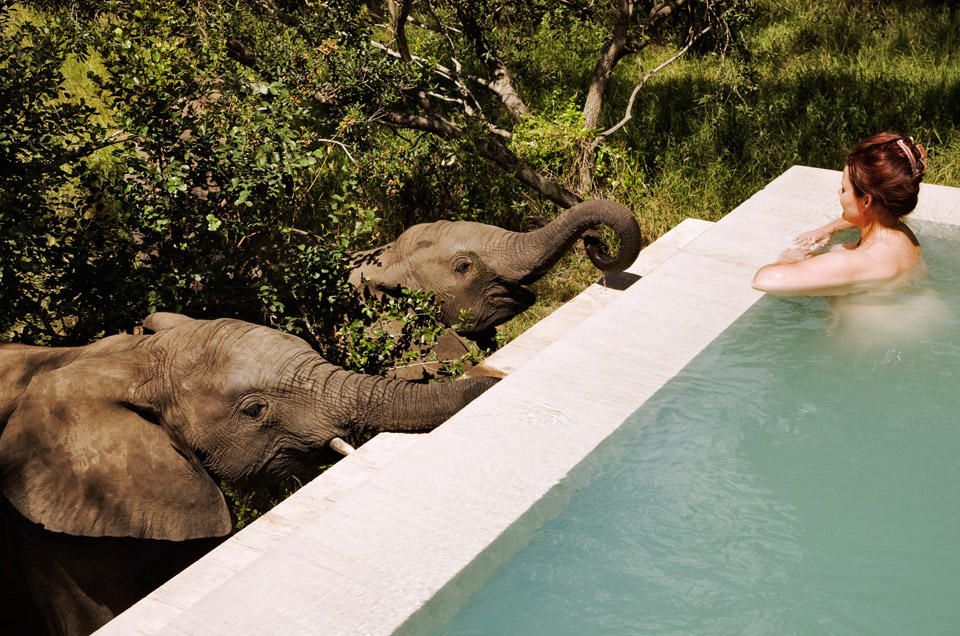
Primates vs Mammal Species
What Makes Primates Different from Other Mammal Species
Primates are categorized under class Mammalia which also includes apes, lemurs, lorises, monkeys, humans, tarsiers and apes. The order “Primates” is composed of over 300 species and considerably the 3rd most diverse in the class Mammalia after rodents. Presently, primate safaris in Africa have become the main highlights among most visitors’ travel plans. But the important questions many holidaymakers usually ask are; Is there any difference between primates and other mammals? What makes primates different from other mammal species?
The most sought-for primates in Africa are concentrated in East Africa and particularly in Uganda, Rwanda and the Democratic Republic of the Congo (DRC). Uganda and Rwanda alone attract an estimate of about 10,000 holidaymakers each year and they travel mainly to see the different species of primates while in the wild. Today, Rwanda and Uganda are of no doubt the premier primate safari destinations in East Africa.
The unique primate species that attract most primate safari holidaymakers to Uganda and Rwanda include the endangered mountain gorillas, which only remain not over 1063 in total number world wide. In East Africa and the world at large, mountain gorillas only thrive in the 4 African National Parks of Bwindi Impenetrable National Park, Mgahinga Gorilla National Park in Southwestern Uganda.
Over half of the world’s 1063 endangered mountain gorillas exist in these 2 Uganda National Parks and others can be trekked in the East-Central African National Parks of Volcanoes National Park in Rwanda and the Virunga National Park in the D.R.C. Other significant primate species worth catching a glimpse on primate safaris include chimpanzees, golden monkeys.
The leading chimpanzee tracking destinations include Kibale Forest National Park, Budongo Forest in Uganda; Nyungwe Forest National Park and Gishwati-Mukura National Park in Rwanda.
When it comes to African safaris, one may wonder why primate safaris have become famous among holidaymakers and why do majority travel to see them in particular. Well, primates are generally unique creatures in the wild with distinct characteristics and this article provides insight into some of them.
What differentiates Primates from other mammal species
Primates are known to have a bigger brain than any other terrestrial mammal species. They have a distinct fissure also best referred to as the Calcarine sulcus that separates the first and second visual cortexes on either side of their brain.
All land mammal species feature claws/hooves on their digits apart from primates with flat nails. Very few primates have claws plus flat nails on their big toe. Other than humans, the rest of the primate species have ability to hold tree branches-the big toe divides, the big toe detach from the rest of the toes and all together make a pincer.
The arboreal mammal species feature grasping feet meaning that the current primates evolved from an arboreal ancestor. All primates have five (5) fingers. The Old World Monkeys (the infra-order Catarrhini) that includes apes, monkeys and humans have dexterous hands with opposable thumbs.
Primates are also known to have specialized nerve endings best referred to as Meissner’s corpuscles found in their feet and hands purposely for tactile sensitivity. This is a unique trait to only primates and not any other placental mammal species has it.
Primates usually depend on their enhanced sense of vision which is not the case with most species of mammals that depend on the smell sense. This is a more advanced characteristic in apes and monkeys and it is incredibly lesser in lorises and lemurs. Unlike apes or humans, all primates have tails and remarkably, they are naturally intellectual. Great apes like mountain gorillas, chimpanzees have about 98% of their DNA similar to that of humans and humans also fall under the category of primates.
What differentiates primates from other mammal species is mainly their unique behavior and morphological variations. Majority of primates except humans, baboons and gorillas are adapted to arboreal life. Leaping is a common locomotion technique used by primates-they can swing or leap from one tree to the other. The terrestrial movement technique is knuckle-walking.
In terms of habitats, primates except humans have restricted habitats, thriving mostly in the tropical rain-forests of Africa. Great apes such as mountain gorillas, golden monkeys and chimpanzees are explored on primate safaris in Uganda or Rwanda. Mountain gorilla or chimpanzee permits are must-have if you are to go gorilla trekking or chimpanzee tracking in Uganda or Rwanda.
In Uganda, gorilla permits are available for primate holidaymakers to book at US Dollars 700, in Rwanda at US Dollars 1500 per person and chimp permits for Kibale National Park Uganda are sold at US Dollars 200 then in Rwanda (Nyungwe Forest National Park) at US Dollars 100. Note, primates largely depend on plants, fruits, flowers, nuts, seeds, tubers, leaves, tree barks and at times they feed on insects.
Primate trekking safaris amazingly offer exceptional opportunity for you to enjoy a close encounter with the world’s rarest primate species. A primate safari in Uganda or Rwanda can be arranged at anytime of the year in all the primate national parks.




